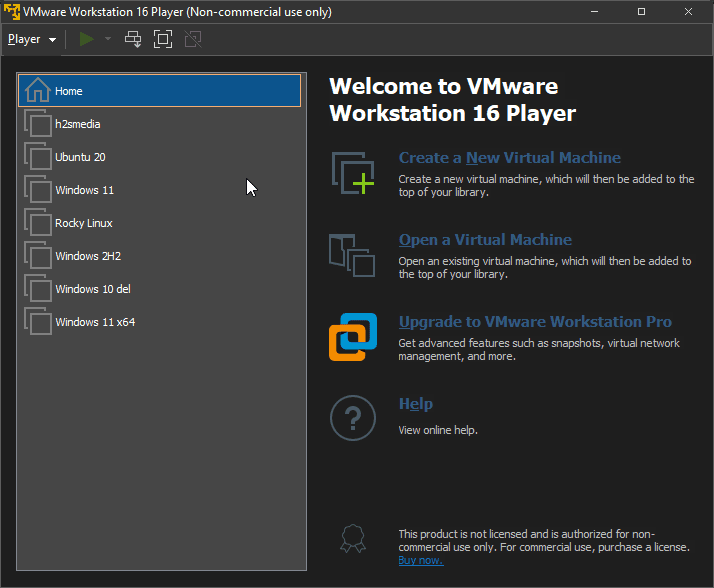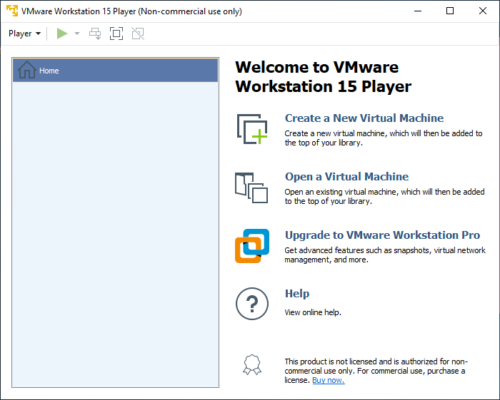



I used Qemu wiht kqemu to run Windows as a virtual machine for a very long time period, but VirtualBox seems to be little bit better for this use case and the kernelmodule is also GPL, so I think it is time to switch.īut nevertheless the Qemu team and Innotek made really good work with those two projects.Those who need or want to run Windows (and other operating systems) on an Intel-powered Mac are probably familiar with both Parallels Desktop for Mac and VMware Fusion 2, the two leading OS X virtualization solutions. VMware-Player did not meet the expectations I have to a professional product and I hope the commercial editions have a working installation process and make the guest operating system run more smooth. A big advantage of Qemu is the support of multiple target architectures like powerpc, arm, mipsel and many more which are not supported by VirtualBox. Thus the communication between host and guest is very slow. Qemu is little bit faster in writing and reading files from/to the virtual harddisk, but the speed of the simulated network communication is very slow. the mouse doesn't lag like it does for Qemu. Qemu and Virtualbox work great, Virtualbox feels much more smooth, but this might be mainly related to the "Guest Addition" drivers what makes the virtual machine feel like it would run on the physical hardware, e.g. That might be different, when the guest drivers are installed, but seems like they are only available with the commercial product. VMware-Player does not seem to be that good and no real competitor to Virtualbox or Qemu after this benchmark and the Windows system running in the VMware-player didn't feel very smooth at all.

To ensure that nothing falsifies the results, I killed all running applications on the hostsystem and rebooted the virtual machine. I used the Windows tool "FreshDiagnose" from FreshDevices to benchmark the two systems.


 0 kommentar(er)
0 kommentar(er)
